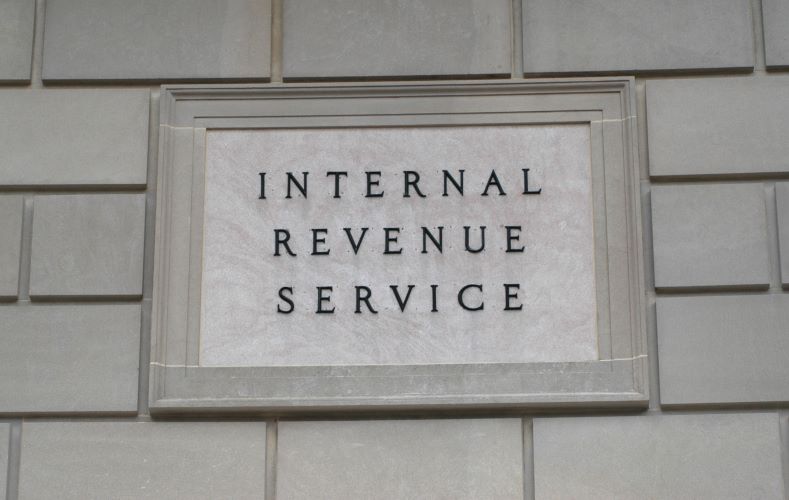As the end of year quickly approaches many business owners are focused on reviewing company performance over the last 12 months. Time is often spent on reviewing sales performance, customer acquisition, product/service performance, and marketing programs. Attention may also be paid to internal metrics such as production efficiencies, staffing costs, new product development, and opportunities for improvement in 2020. These activities help management to understand how the company performed compared to expectations and where improvement is needed. In the midst of this process, it’s important not to forget about year-end tax planning. There are several opportunities to reduce corporate income tax by making moves before year-end. To help clients, prospects, and others, Selden Fox has provided a summary of the most beneficial savings below.
2019 Year-End Tax Planning
Depreciation Deductions
The Tax Cuts and Jobs Act of 2017 (tax reform) made significant changes to depreciation incentives available to qualifying businesses. These changes to Section 179d and bonus depreciation can result in powerful tax savings. They include:
- Section 179d Deductions – Businesses are now permitted to deduct the cost of qualifying property (machinery, equipment, etc.) placed into service during the year. Tax reform “sweetened” the saving potential by increasing the deduction amount from $500,000 to $1 million and increased the phase-out threshold from $2 million to $2.5 million. It’s also important to note the definition of qualifying improvement property was expanded to include improvements to a building’s interior, allowing for greater savings.
- Bonus Depreciation – While some businesses have been using bonus depreciation for years, tax reform expands this saving opportunity. The depreciation amount was expanded from 50% to 100%. This means that any qualified property acquired and placed into service during 2019 will qualify for the expanded benefit.
To take advantage of this opportunity, businesses should plan to make qualifying purchases before year-end. Typically, a small business can write off most, if not all, of the cost in 2019.
Qualified Business Income Deduction (Section 199a)
This 20% deduction was created by tax reform and applies to owners of pass-through entities such as S-corporations, partnerships, limited liability companies (LLCs), and sole proprietorships. There is specific guidance under which a taxpayer can receive the full, partial, or no benefit, determined by income in the current tax year. Below are the qualifying criteria:
- Taxpayers classified as a single filer with income below $167,700 or joint filers with income below $321,400, then the full 20% deduction is available.
- Taxpayers classified as a single filer with income above $210,700, or a joint filer with income above $421,400, the deduction is eliminated if the business is a specific trade or business (SSTB). Examples include health, law, accounting, actuarial science, and financial services companies. Others may still qualify depending on the taxpayer’s share of the company’s W-2 wages.
- When income falls between the thresholds, the amount of the deduction may be reduced if the business is a SSTB. This means there may still be a tax-saving opportunity even though it’s not the full 20%.
To take advantage of this opportunity, taxpayers should review their projected income and accelerate or delay income at year-end to leverage the greatest savings.
Current Year Business Losses
Another change made by tax reform was the limitation of business losses. A business owner is now only able to deduct a $250,000 ($500,000 joint filers) loss against other income in the current year. Any excess of that creates a net operating loss (NOL). Prior to tax reform, a business could apply an NOL to offset profit made in prior tax years. However, tax reform eliminated this option, leaving businesses only able to use NOLs to offset 80% of current year income.
To take advantage of these changes, businesses need to carefully review business losses to determine if they can be applied to offset current year income.
Additional Opportunities
It’s important not to forget the more common year-end actions which can result in savings. These include:
- The pre-payment of business expenses to reduce taxable income.
- A review of the company’s accounting records to classify bad debts and write-off obsolete equipment. This practice can often open the door to more business deductions.
- If possible, delay part of all of the billing until 2020, as this will allow for income to be deferred into the 2020 tax year.
- Review qualifying retirement plan contributions to ensure that pre-tax contributions are maxed out.
- Review hiring practices to determine if any disadvantaged workers qualify the company for the Work Opportunity Tax Credit (WOTC). This federal tax credit permits a company to receive a maximum benefit of $2,400 per qualifying employee.
- A 25% business credit for paid family and medical leaves (lasting up to 12 weeks) that applies to wages paid to employees earning less than $72,000 annually.
Contact Us
Tax planning is an important process that should be conducted throughout the year. However, the end of the year offers businesses the opportunity to consider enhanced planned savings by making favorable tax decisions. If you are wondering what opportunities may exist for your company, or need assistance with a tax compliance issue, Selden Fox can help. For additional information call us at 630.954.1400 or click here to contact us. We look forward to speaking with you soon.




